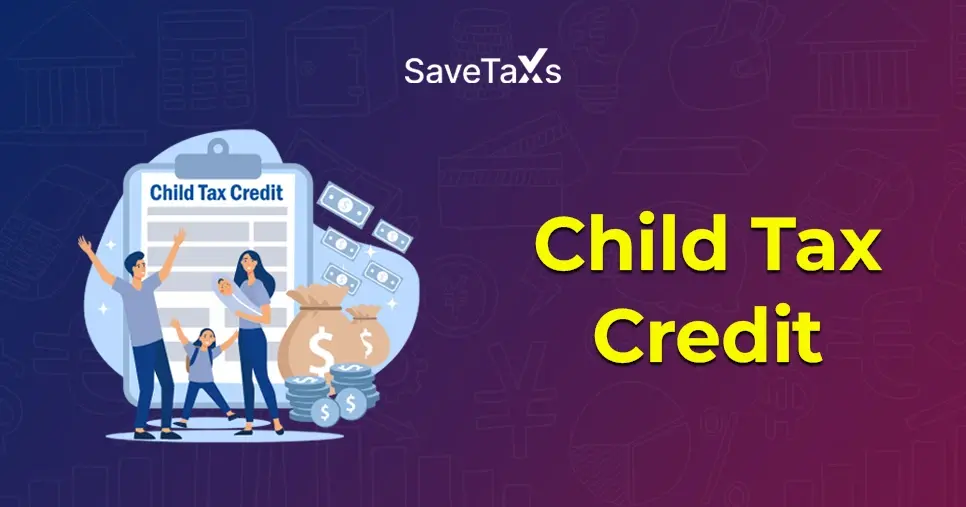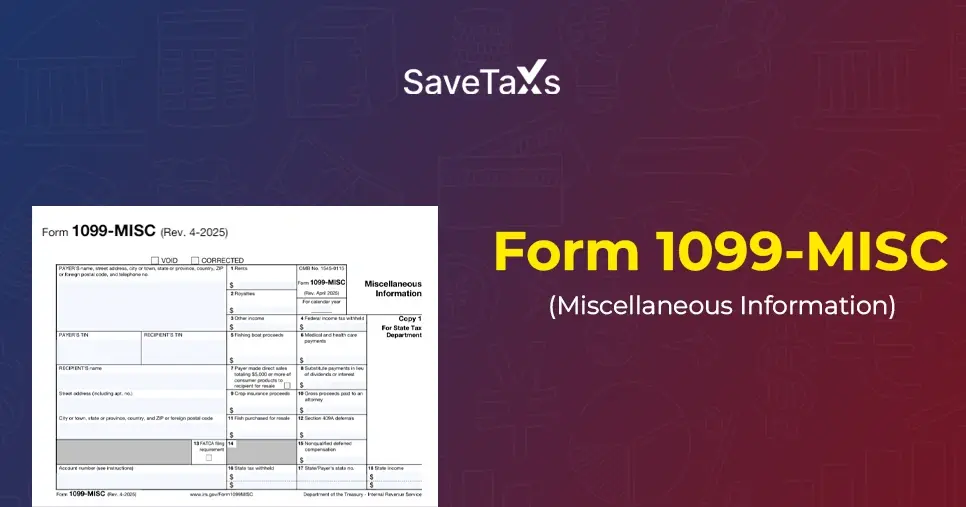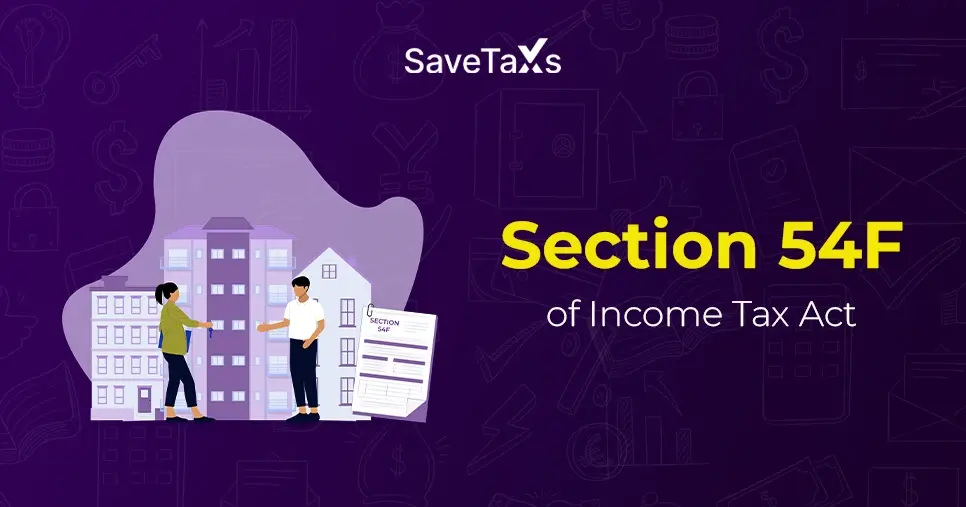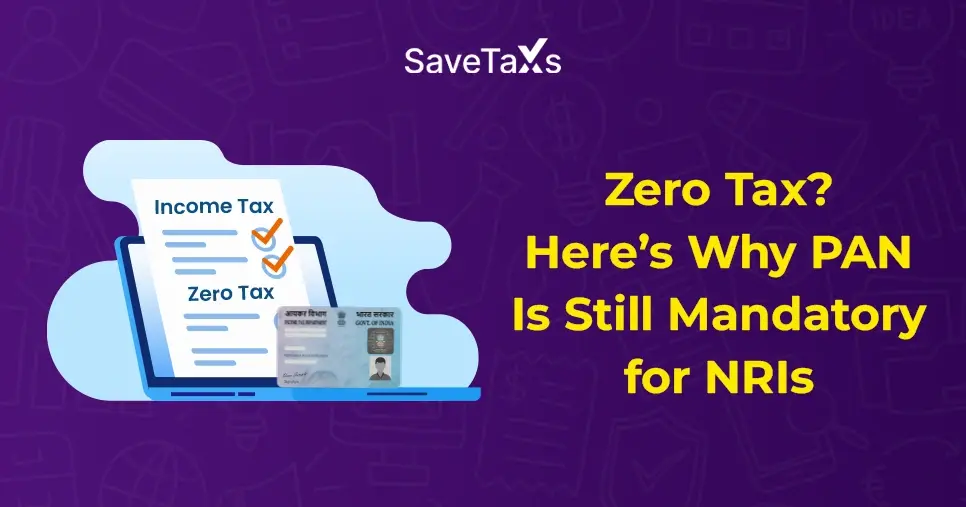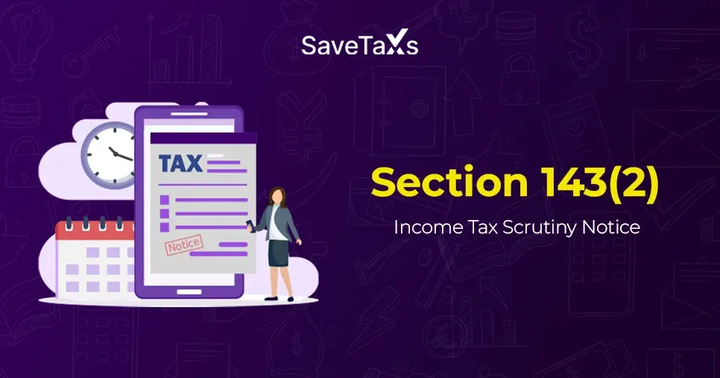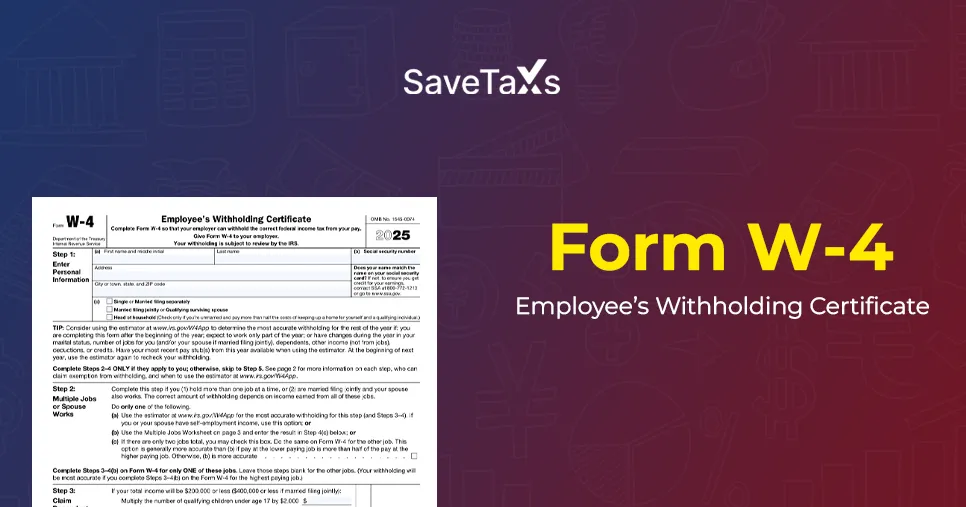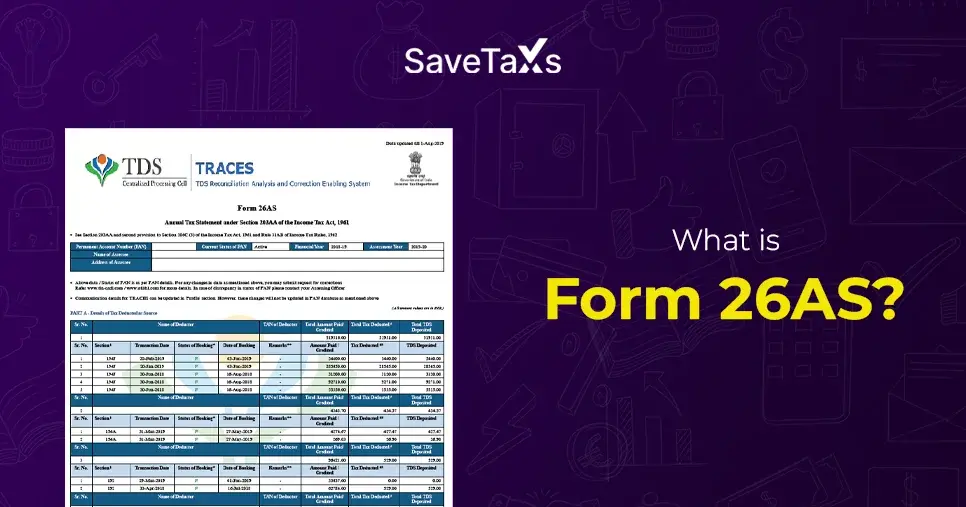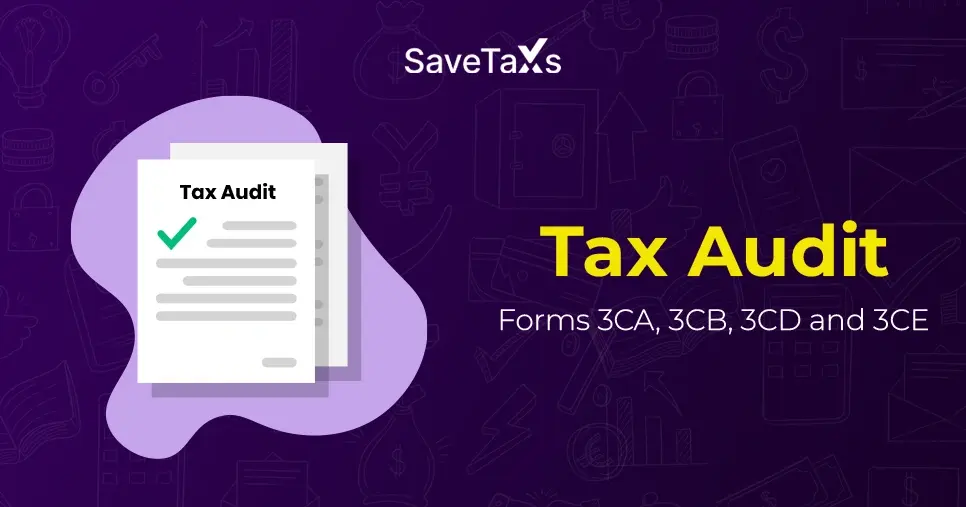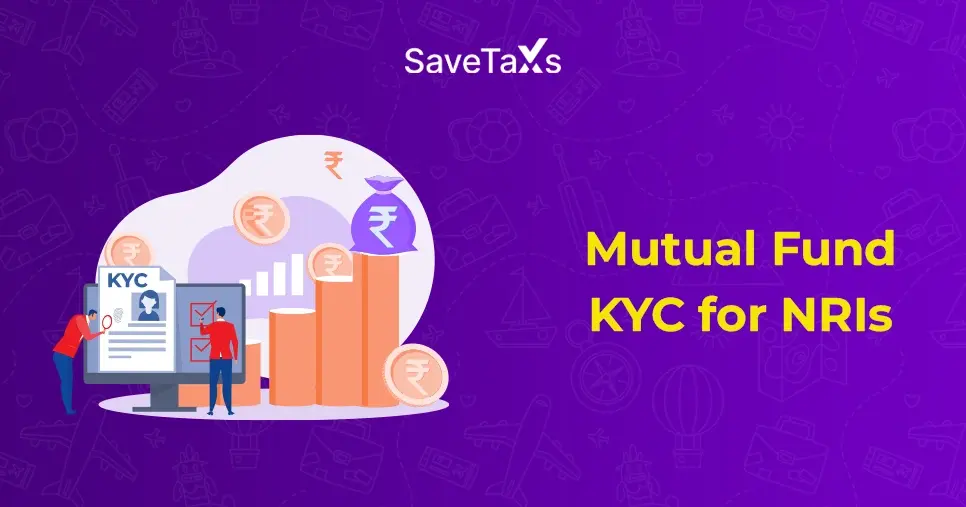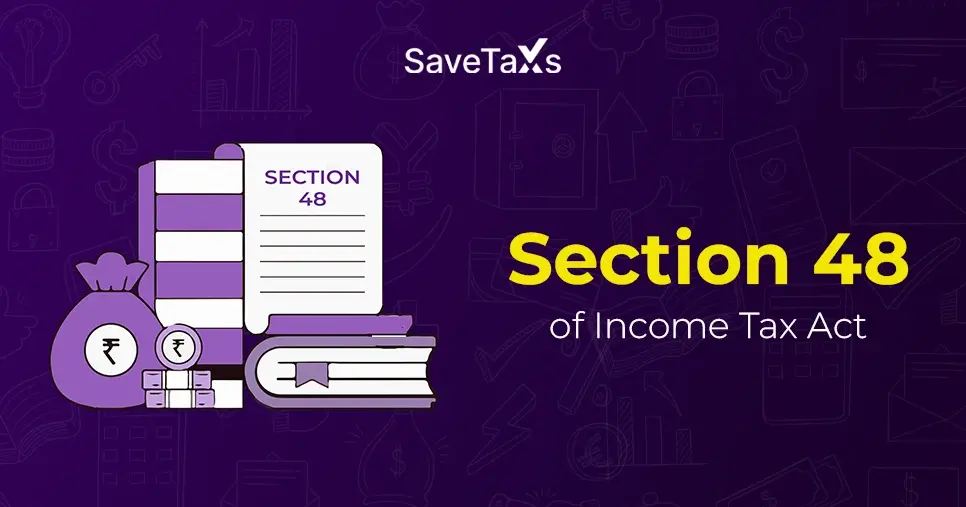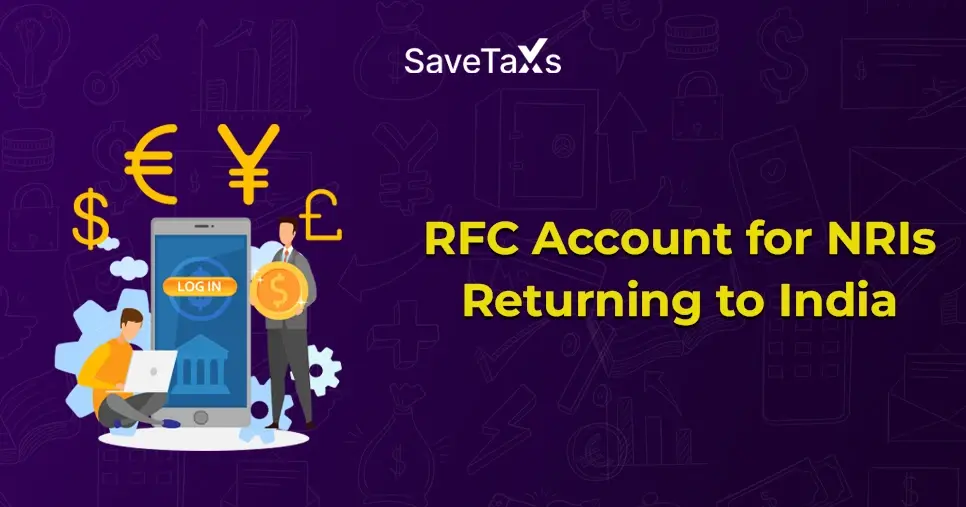- Key Takeaways
- What is the Child Tax Credit?
- Who Can Claim the Child Tax Credit?
- Who is a Qualifying Child for the Child Tax Credit?
- How Much is the Child Tax Credit?
- Can I Claim the Additional Child Tax Credit?
- Who Will Claim the Child Tax Credit if Parents are Separated or Divorced?
- What Happens When the Child is a "Qualifying Child" for More Than One Person?
- How to Claim the Child Tax Credit?
- Will the Child Tax Credit Change?
- Expert Guidane on Claiming the Child Tax Credit.
The Child Tax Credit is a tax benefit provided by the US government to American parents. The goal of this tax benefit is to offset the costs of raising a child. This credit is partially refundable, even if your tax liability is zero.
This is beneficial for moderate to low-income households, providing parents with children under 17 years with significant financial relief.
Who can claim the child tax credit (CTC) depends on the eligibility criteria, which include income, child age, and filing status.
In this blog, we will understand all about child care, who qualifies, and how it works.
Key Takeaways
- The Child Tax Credit for 2024-2025 was as follows: $2000 per qualifying child in 2024, which is now increased to $2,200 for 2025.
- To be a qualifying child, the child must be 16 years or younger by the end of the year. He/she should have a social security number, live with the person claiming the credit for more than six months of the fiscal year, and meet the other eligibility requirements.
- The Child Tax Credit (CTC) is partially refundable. The portion of credit which is refundable is known as the Additional Child Tax Credit, which is nearly $1,700 for each qualifying child.
- The Child Tax Credit 2025 age limit is 17 years of age or younger.
What is the Child Tax Credit?
Raising a child in today's economy requires a significant amount of money. The diapers, medical runs, baby formula, braces, etc, the list of kids' essentials is endless. All of this requires parents to spend a ton.
That is where the Child Tax Credit (CTC) comes in as a boon. This is a valuable tax break from the government of the United States to the parents of a qualifying child. It helps offset some of the costs of raising a child.
The CTC is a federal income tax credit worth $ 2,000 per qualifying child in 2024. In 2025, it increased to $2,220 per eligible child.
However, the parents must ensure that the Child TAC Credit amount can be reduced to $0. This happens when the modified adjusted gross income of the parents/guardian for the year is too high.
Who Can Claim the Child Tax Credit?
First, to claim the child tax credit, the parents/guardians must have a "qualifying child" (We will discuss this in a minute).
Additionally, you (or you should if filing a joint tax return) must have a Social Security Number SSN) or the Individual Taxpayer Identification Number (ITIN). If you don't have one, apply for an ITIN and SSN.
You (or your spouse, if filing a joint return) cannot claim the child as a credit if you are claimed as a dependent on someone else's tax return.
But there are cases where you can still claim a return as a dependent on someone's tax return. Those cases are when the person who claimed you.
- It is not required to file a return.
- Only files return to get a tax refund for estimated taxes or the withheld taxes paid for the year, and does not claim you as a dependent on it.
Who is a Qualifying Child for the Child Tax Credit?
As mentioned above, you can only claim the child as a credit if you have a qualifying child. To qualify, a child must generally pass the eight facts.
Age Test
The child must be 16 years or younger by the end of the tax year. Whereas if a child is born or adopted at any time during the tax year at or before 11:59 PM on December 31, the child is a qualifying child.
Relationship Test
This child's relationship with the individual claiming the credit must be any of the following.
- Biological child
- Step Child
- Adopted Child
- Foster Child
- Sibling (such as stepbrother, stepsister, half-brother, or halfsister)
Any child who is a descendant of any one of the above, such as a grandchild, nephew, niece, is also a qualifying child.
Dependency Test
For a child to be a qualifying child, yoy must claim him/her as a dependent on your tax return.
If the parents are either separated or divorced, then the custodial parent must claim the child as a dependent.
Residency test
The child has to live with you for more than six months in a tax year to be a qualifying child. However, in this case, there are a few exceptions, such as:
Temporary absences - In cases when the child is temporarily absent, such as for school, vacation, detention in a juvenile facility, or medical care. Then this time is counted as time lived with you.
In a case when the child is born and dies in the tax year, then the residency test is satisfied under the following condition. If the child lived with you for more than half of the time they were alive that year.
Additionally, if the child has to stay in the hospital regarding the birth, or in other care facilities, then that time spent in the hospital is also counted as the time lived with you.
Similarly, for an adopted or foster child, they pass the residency test if they were placed with you or adopted during the tax year. While they were placed and adopted, the child lived in your house more than half the time since they were adopted or placed.
Exception: Under the residency test, an exemption is also applied. It is if the child is kidnapped by someone who is not a family member.
Joint Return Test
It is a child who is married, and if they filed a joint return, then they are not an eligible child to claim CTC. But if a child filed a joint return only to claim a tax refund on estimated payments or withheld taxes, then they are eligible for the child tax credit benefit.
Citizenship Test
To be a qualifying child for the child tax credit, the child must be a citizen of the US or a US national. The qualified child can also be a US resident alien.
Now, if you're a US citizen or national and you have adopted a child who lives with you as a family member, then the child is also treated as a US citizen.
A US national is someone who is not a United States citizen but owes allegiance to the US. Such as the American Samoans and Northern Mariana Islanders who chose to become US nationals rather than citizens.
A US resident alien is someone who holds a green card. A resident alien is also someone physically present in the United States for a specified period.
Financial Support test
To pass this test stage, a child cannot provide more than half of his/her own financial support in a year.
The One Big Beautiful Bill has made some changes in the amount and requirements of the Child Tax Credit for 2025 and the years to come. This bill has also added an eighth factor.
Work-Eligible Social Security Number Requirement
The child and the individual who is claiming the credits must have a Social Security Number. The SSN makes both eligible to work in the US legitimately.
In a case where a child dies before receiving their SSN, you can still claim the tax credit. But to do so, you have to provide a copy of the child's birth and death certificates along with the hospital records. These documents help the IRS confirm that the child was born alive.
How Much is the Child Tax Credit?
To calculate the CTC, you first have to determine the base amount. To know the base amount, you have to multiply the number of qualifying children by $2000 for 2024. And for 2025, you have to multiply the number of qualifying holders by $2,200.
Let us say, for example, you have three children as qualifying children, then your base amount for 2024 will be 3 * $2,000 = $6000.
And the base amount for 2025 will be = 3 * $2,200 = $6,600.
The next step is to verify your modified adjusted gross income (MAGI). That is, if your MAGI is at $200,000 or less as a single filer and $400,000 or less as a joint filer. In this case, the credit is equal to the base amount, which is $2000 per qualifying child for 2024 and $2,200 for 2025.
But if your modified adjusted gross income is above $200,000 as a single filer and $400,000 as a joint filer, then the filer has to reduce the base amount. The reduction will be of $50 for every $1000 that your MAGI is above the threshold.
In a case where the exceeded MAGI is not a multiple of $1000, then round up to the nearest thousand dollars.
See, for example, that your exceeded MAGI is $2,400; then round it up to $ 3,000. Once rounded up, now calculate the reduction on the $3000
An Example To Understand The Child Tax Credit Calculation
After you have understood how the calculation works, let us put it into a factual example.
Assume you and your spouse are filing a joint tax return, where your modified adjusted gross income (MAGI) is $412,500. The number of qualifying children you have is four.
The base amount for the qualifying children will be (4 * $2000) = $8000.
Your MAGI exceeds the threshold set for joint filers, which is $400,000. The excess is $412,500 - $400,000 = $12,500.
Now that we see the excess amount is not a multiple of $1000, we will round it up to $13,000.
Now, since the MAGI is above the threshold by $13,000, the base amount will be reduced.
The reduction amount will be $50 * 13 = $650.
Hence, your total Child Tax Credit will be $8000 - $650 = $7,350.
Can I Claim the Additional Child Tax Credit?
A part of the child tax credit is refundable, and the IRS has named this portion the Additional Child Tax Credit. As per your tax situation, the Additional Child Tax Credit can produce a refund.
- Additionally, the child tax credit comes with a few restrictions and examples.
- As a taxpayer, you can only claim the child tax credit if the total child tax credit is above the pre-credit tax liability.
- The additional child tax credit maximum amount is $1,700 for each qualifying child. So, for example, if you have two qualifying children, it will be 2 * $1,700 = $3,400.
- To claim the Additional Child Tax Credit, the taxpayer must have at least earned income of $2,500 in a tax year. The earned income includes salary, tips, wages, self-employment tax, and other work-related compensations.
- Now, the additional child tax credits are commonly not more than 15% of the earned income above $2,500. Let us say you have an earned income of $50,000. The refundable portion of the Child Tax Credit on this will be ($50,000 - $2,500) * 0.15 = $7,125.
- If you have three or more qualifying children, then this limit can be increased.
- Lastly, if you file Form 2555, you cannot claim the Additional Child Tax Credit. It is so because Form 255 is used to claim Foreign Earned Income Exclusion, foreign housing deduction, and foreign housing exclusion.
Who Will Claim the Child Tax Credit if Parents are Separated or Divorced?
When the qualifying child's parents are either separated or divorced, the custodial parent generally claims the CTC. This is because, in many cases, the child lives with the custodial parent for the majority of the tax years.
But there are certain situations under which the noncustodial parent can claim the child tax credit:
- The first situation is that the parents are legally divorced, as per a divorce decree. Or separation maintenance if they are separated.
- Parents must be separated under a legally written agreement of separation.
- Lived apart during the last half of the tax year.
The parent then has to provide more than half of the child care support for that year. Any support provided by the parent partner is considered as provided by he parent.
The qualified child has to be in the custody of either or both of the parents for more than six months of the tax year.
Lastly, the custodial parent must sign Form 8332. The form specified that the custodial parent will not claim the child as a dependent for the tax year. Additionally, the noncustodial parent must include a copy of this form with their personal tax return.
What Happens When the Child is a "Qualifying Child" for More Than One Person?
There are specific scenarios where a child is considered a qualified child for more than one person, like when the child's parents were never married but lived together in the same household. Another scenario could be that the qualified child lives with both his parents and grandparents.
According to the Internal Revenue Service (IRS), the child tax credit for a qualified child can only be claimed for one tax year.
Under the situation when a child is a qualified child for more than one year, the IRS uses tiebreaker rules. These rules help to understand who is a reliable person to claim the credit.
The Child Tax Credit Tie-Breaker Rules are Given Below:
- If the qualifying child has one parent, then that parent will claim the Child Tax Credit.
- Both parents can claim the Child Tax Credit if they file a joint tax return.
- If both parents file separate returns, then in this case, the parent with whom the child lived for the longer part of the tax year can claim the CTC.
- If both parents filed separate returns and the child lived with both parents for the same time. Then, in this case, the parent with the highest AGI claims the credit.
- If neither of the parents is eligible to claim the child as a qualifying child. In such a case, the eligible person with the highest AGI for the year can claim the Child Tax Credit.
Regarding these tie-breaker rules, a "parent" refers to either the biological or adoptive parent. Not a step or a foster parent until they have legally adopted this child.
How to Claim the Child Tax Credit?
To calculate the Child Tax Credit, use Schedule 8812 (Form 1040). Once calculated, both the portion of the refundable and nonrefundable are reported on the Form 1040.
While losing the dependency on the form, check the "Child tax Credit" box for every qualified dependent.
Now, while filing, if you claim the Child Tax Credit by mistake, then the Internal Revenue Service (IRS) takes action. The action is likely to mark his mistake as reckless or intentional disregard of the federal tax credit rules. And in consequence to this, you will not be able to claim the credit for two years.
Additionally, if it has been reported to the IRS that your mistake or error was due to fraud, then you will not be able to claim a credit for the next 10 years. Along with this, a heavy penalty comes in.
Lastly, if the IRS either reduces or denies your Child Tax Credit for any reason apart from a clerical or math error. Then, in this case, you have to file Form 8862 along with the tax return to claim the Child Tax Credit for a later tax year.
Will the Child Tax Credit Change?
There were a lot of changes made in the Child Tax Credit by the Tax Cuts and Jobs Act (TCJA) of 2017. However, the changes and new credit limit are temporary and were scheduled to expire in 2025. However, in July 2025, Congress passed the One Big Beautiful Bill, signed by President Trump, which made many changes permanent.
With the new bill coming into effect, deductions nd credits were increased. As for 2025, the Child Tax Credit was increased to $2,200 and will adjust to inflation in the upcoming years.
The new tax law 2025 also made the Child Tax Credit refundable portion of $1,400 permenaent. However, the portion will be adjusted for inflation for the year 2025, and in 2025, it will be $1,700.
The new tax law has also made the phase-out threshold permanent. The tax credit is $200,000 for single filers and $400,000 for married couples filing jointly.
The other dependent's credit is also amended permanently to $500.
Expert Guidane on Claiming the Child Tax Credit.
There it is, the A to Z regarding the Child Tax Credit. For many taxpayers, it may have felt overwhelming because the eligibility criteria, including who is a qualified child, who can claim the credit, how to calculate it, and how to claim the additional tax credit, are complex to understand.
Hence, to escape this feeling of overwhelmingness, you need a qualified tax professional. This expert will help you understand the entire content, guide you on it, and even help you file and claim the Child Tax Credit.
Such an expert is Savetaxs, a leading name in the US Taxation Industry. We have helped over thousands of US citizens, nationals, residents, or non-resident aliens file their tax returns and claim every benefit possible.
Our experts have a deep understanding of the IRS Child Tax Credit reforms, rules, and the overview. These experts will help you claim the credit without making any errors.
We serve our clients 24/7 across all time zones, so connect with us today. Team Savetaxs will help you do your taxes from start to finish with unlimited expert tax advice.

Mr Navneet brings in more than 12 years of experience as a US Tax and ITIN Expert. Additionally, he has expertise in accounting, finance, taxation, financial analysis, budgeting, and risk management.
- Understanding Form 1065 (Partnership Tax Return)
- What is modified Adjusted Gross Income (MAGI)
- What is Form 4868: IRS Tax Extension?
- US States With Highest And Lowest Income Taxes
- Difference Between Residents And Non-Residents Aliens And Their Taxes
- What is an S corp - Overview, Taxes and How To File
- Self Employment Tax: Meaning & How To File It
- Everything to Know About the 1040-SR Form for Filing Seniors
- What is Form 1040-NR
- What is IRS Tax Form 1120?
Want to read more? Explore Blogs
Frequently Asked Questions
No matter what your source of income is, we've got you covered. There’s a plan for everybody!
The IRS 2025 key updates are:
- The child tax credit has been increased from $ 2,000 in 2024 to $2,200 in 2025 for each qualifying child.
- The Additional Child tax Credit or the refundable portion is $1,700.
- The new SSN requirement has been added to be eligible to claim the Child Tax Credit. Both the child and the person claiming credits must have a valid Social Security Number.
